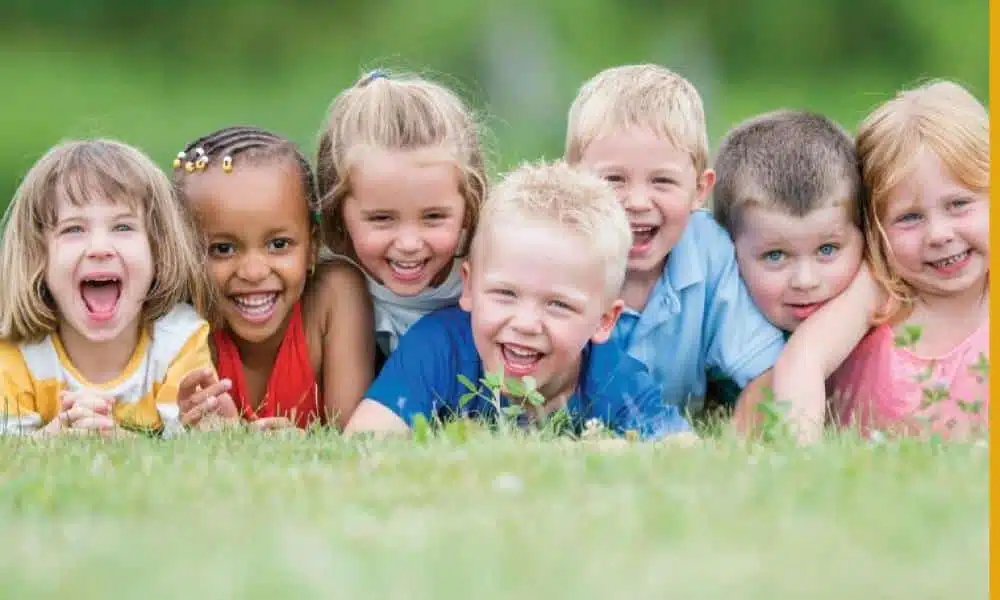
Considering the Role of Emotions — in Teaching Elementary Mathematics (!)
It’s common for folks with close, positive connections — lovers especially — to credit their relational successes to the emotional formulas they share. But how about the role of emotions in learning math?
Littlestown Area School District in Pennsylvania may roll out an elementary math curriculum that would integrate so-called social-emotional learning into its classroom instruction, with the district board considering the “Reveal Math” program that’s marketed by the McGraw-Hill company and “explores mathematics through a flexible lesson design,” according to the lesson overview for kindergartners through fifth-graders.
The 9-member board met in mid-February to consider including more of the SEL curriculum with the district’s math instruction.
They faced a choice between more traditional instruction, that focuses almost solely on math equations and a comprehensive approach to the learning experience that is trending across the country.
The “Reveal Math” program guide asserts its lessons “provide access to rigorous instruction with embedded teacher support and scaffolds” which include lesson models and routines, social-emotional learning, language and English learner supports and fluency. The curriculum overview further explains it’s vital for classroom instructors and other adults involved in a child’s education to “support the whole child with social and emotional learning integration.
“Every lesson integrates a social and emotional learning objective along with the math and language objectives of the lesson, addressing the CASEL (Collaborative for Academic, Social and Emotional Learning) Social and Emotional Learning (SEL) competencies throughout each grade level.”
The “Reveal Math” instruction overview says the its overarching approach encourages students to “Be curious” and understand that the subject of “Math is…mindset. How does identifying your feelings and emotions help you?”
The program guide continues that teachers are provided instructional support to connect the curriculum’s “Social and Emotional learning” (SEL) focus to the content objective for the day.”
The program’s fundamental social-emotional learning objective is to enable students to collaborate with peers in completing a task, thinking through and solving math problems in a comprehensive manner, instead of relying on rote memorization of math formulas and equations.
The global nonprofit Committee For Children told Fox News Digital that social–emotional learning, which it promotes, is an educational method that aims to help people develop the self-awareness, self-control and interpersonal skills that are needed for everyday life. The CFC website describes social-emotional learning as a revolutionary approach developed to instill the states of safety and well-being in students “to fulfill our vision of safe children thriving in a just and peaceful world.”
“This board needs to decide if they want to make social and emotional learning a part of our math curriculum. I do not believe it belongs in the math classes,” said Littlestown Boardmember Jeanne Ewen. “Some of the questions inside the math workbook ask, ‘Are you understanding how other people feel?’ What does this have to do with teaching math?”
“This is just re-packaged critical race theory is what this is,” Boardmember Nicki Kenney said.
District parent Janell Ressler questioned the program during the public comment portion of the meeting.
“Why do students need to incorporate their feelings into solving math problems?” Ressler asked.”Elementary students in this district need to be taught math in their math class, not equity and social discourse. This has nothing to do with solving math problems.”
Board Vice-President Yancy Unger suggested more research on the math program was needed.
The panel will restart its discussion about the SEL curriculum at the Curriculum, Co-Curriculum, & Policy Committee on March 7 at 5 p.m.



